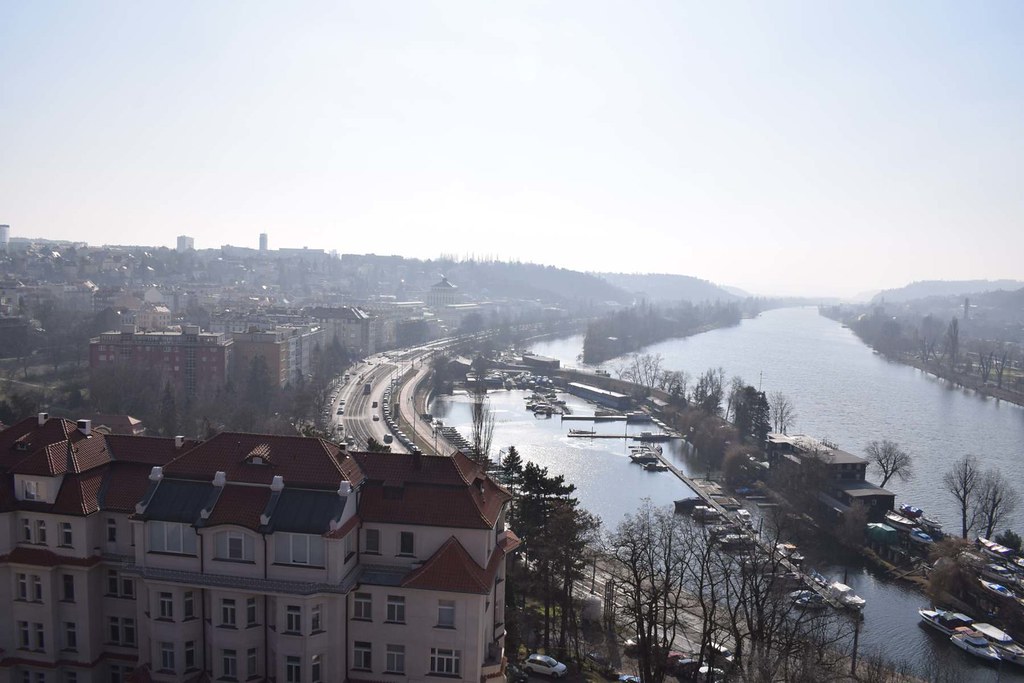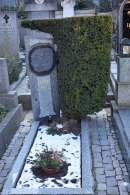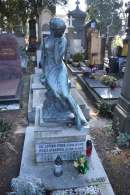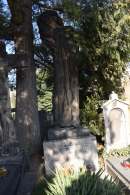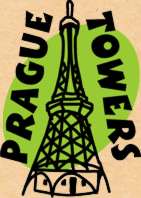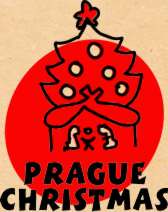Vyšehrad (“higher castle”) is so connected with Czech history and the oldest legends from father Czech coming to Bohemia and settling here to be the place of the last resting place (as we call the cemetery) of famous Czech people. Vyšehrad is located a little bit far from the main touristic attractions, that can be the reason why it is so much loved by Czech people, visiting the place in every season, during day and night and enjoying its quiet space. Visiting beer garden (in summer), jogging, walking dogs or kids.
I visit this place often and in this cold but sunny day I decided to visit it with my camera. But I haven’t made the most popular pictures, just some views from Vyšehrad, and then I oriented more at the cemetery and church.
Vyšehrad is now a fortress, surrounded by walls and couple of entrance gates. The main entrance (Tabor’s gate) is followed by Špička (Top) gate, you will find just part of it, as the original gothic gate is gone now, and what remained is occupied by information center with model of Vyšehrad area. And finally there is the baroque Leopold’s gate to enter the area.
Just behind the gate you will find one of the oldest buildings in Prague, the rotund of St. Martin, three of the remaining rotunds in Prague area.
I never miss going to the view to the South of Prague, where Podolí quarter is. Silver river is beautiful and unlike the Central area of Prague (around Charles Bridge), the river is quite narrow and deep here. If you have a chance to listen the music composition My Country by Bedrich Smetana, listen (at least) to the part which is called Vltava, and when you hear the royal fanfare, it means the river enters Prague under Vyšehrad rock.
The I walked around Vyšehrad on the rampart with more views and finally there is the view to the Prague Castle.
St Peter and Paul’s basilica is wonderful piece of architecture, completely rebuild in puristic Gothic style by Josef Mocker at the end of 19 century. Surprisingly the interior is very colorful and decorated in art nouveau style.
Gallery (click on the picture to enlarge it)
After visiting the church I found myself wandering through the cemetery of famous Czech people, finding the names and tombs which I skip the other times, so lot of them were “new” for me as well. I love the cemetery as there you can learn a lot about our history, about our traditions, about our clever people, inventors, musicians, and others. And it is not only about people who are buried there, but also the tombstones itself are art pieces by popular artists, showing who lies underneath.
Gallery – click on the picture to see the full size
From Vyšehrad I descended to the river to make a picture of the less photographed cubist house and the to Náplavka next to the river, which was empty today but for weekend it changes to be the favorite farmers market place.
Gallery – click on the picture to see the full size
Náplavka on Vltava river
Another post about Vysehrad you can find here.
Other Winter Walks you can find on these links:
1. Letná
2. Vyšehrad
3. Vršovice (1)
4. Vršovice (2)
5. Kampa
The series about Night Walks can be found here:
1. Prague Castle




